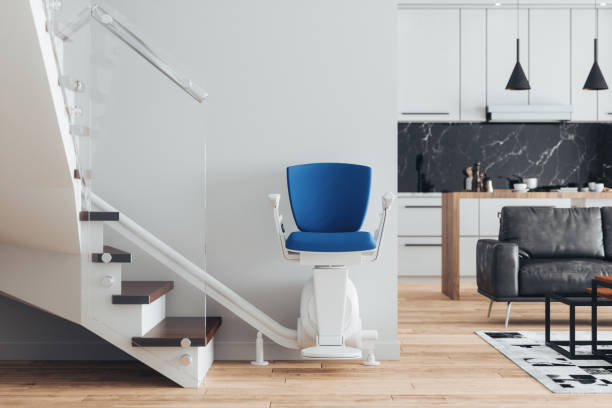Supported Independent Living (SIL) is a valuable NDIS support for people who need help with daily tasks and want to live more independently. Here’s a quick guide to getting SIL included in your plan:
1. Understand SIL Eligibility
You may be eligible if you:
- Have higher support needs
- Need regular help throughout the day (and possibly overnight)
- Prefer to live in a shared home or specialised housing
2. Request a Functional Assessment
An Occupational Therapist (OT) or allied health professional can assess your daily support needs. Their report is crucial to justify SIL in your NDIS plan.
3. Include SIL in Your Goals
When preparing for your NDIS planning or review meeting, make sure to include goals like:
- “I want to live more independently.”
- “I want to develop daily living skills with support.”
4. Work with a Support Coordinator
They can help you gather the right documentation, liaise with providers, and submit the necessary evidence to the NDIS.
5. Submit a Roster of Care (RoC)
Your SIL provider will help create a RoC to show the daily supports you need. This is submitted to the NDIS for funding approval.
❓ What to Ask During an NDIS Plan Review
Plan reviews are your chance to update your supports and request changes. Here are important questions to ask:
1. Has anything changed in my life or support needs?
Discuss new goals, health updates, or changes in living arrangements.
2. Do I need more hours for support coordination or therapy?
Ask if your current supports have been effective or if you need more.
3. Can I add Supported Independent Living (SIL) or SDA to my plan?
If you’re exploring new living options, ask about these supports and the evidence needed.
4. Am I using all of my funding?
Review if you’re under- or over-utilising any budget categories.
5. What reports do I need before my next plan review?
Ensure you gather reports from therapists, support workers, and SIL providers to support your funding requests.
Like us on social!





